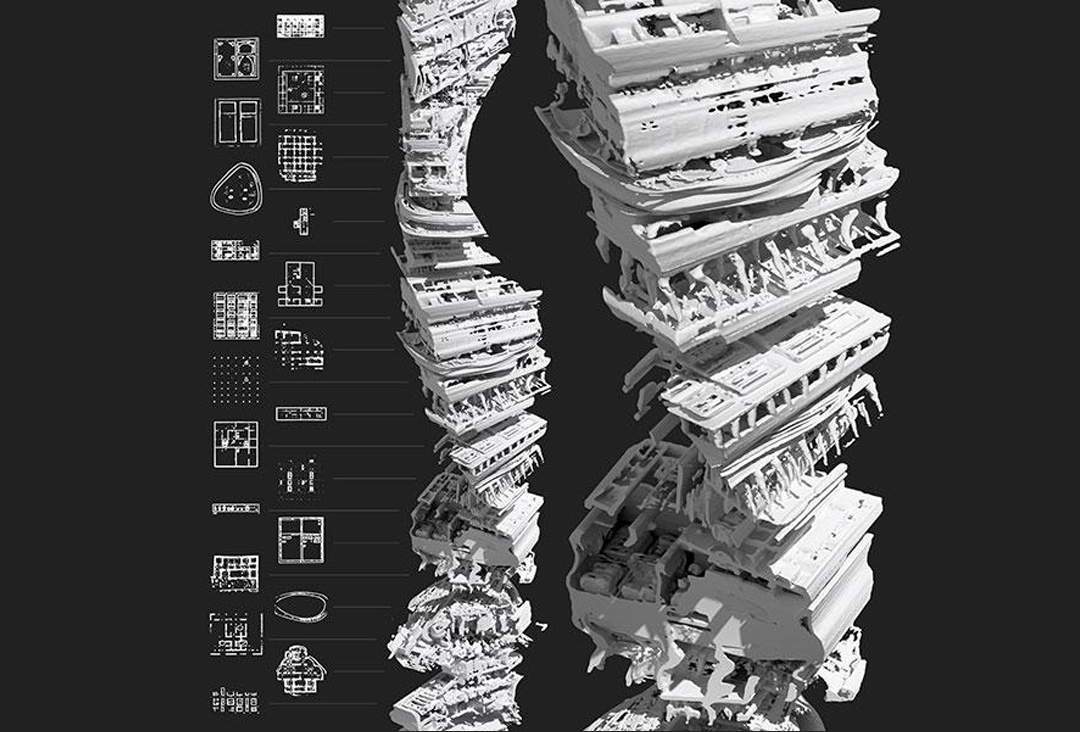- Home
- Articles
- Architectural Portfolio
- Architectral Presentation
- Inspirational Stories
- Architecture News
- Visualization
- BIM Industry
- Facade Design
- Parametric Design
- Career
- Landscape Architecture
- Construction
- Artificial Intelligence
- Sketching
- Design Softwares
- Diagrams
- Writing
- Architectural Tips
- Sustainability
- Courses
- Concept
- Technology
- History & Heritage
- Future of Architecture
- Guides & How-To
- Art & Culture
- Projects
- Interior Design
- Competitions
- Jobs
- Store
- Tools
- More
- Home
- Articles
- Architectural Portfolio
- Architectral Presentation
- Inspirational Stories
- Architecture News
- Visualization
- BIM Industry
- Facade Design
- Parametric Design
- Career
- Landscape Architecture
- Construction
- Artificial Intelligence
- Sketching
- Design Softwares
- Diagrams
- Writing
- Architectural Tips
- Sustainability
- Courses
- Concept
- Technology
- History & Heritage
- Future of Architecture
- Guides & How-To
- Art & Culture
- Projects
- Interior Design
- Competitions
- Jobs
- Store
- Tools
- More
The Role of AI Architecture in Autonomous Systems

As we cross the threshold into the fourth industrial revolution, the proliferation of artificial intelligence (AI) and autonomous systems marks a significant turning point in the trajectory of technological advancement. This new age is defined by complex systems that can operate and make decisions without human input. Central to these systems is the concept of AI architecture, the structured framework or system design that allows AI to function optimally. This article explores the pivotal role of AI architecture in the rise and development of autonomous systems.
AI Architecture: A Conceptual Framework
Before delving into the specifics, it’s important to understand what AI architecture entails. It refers to the structured blueprint of an AI system that includes computational components, software, and algorithms that form the bedrock of AI’s functionality. This includes key features such as data processing and storage components, learning algorithms, predictive models, and decision-making protocols. The design of the architecture takes into account scalability, robustness, interpretability, and privacy among other elements.
AI Architecture in Autonomous Systems
Autonomous systems, such as self-driving vehicles, autonomous drones, robotic manufacturing systems, and even advanced AI assistants, leverage AI architecture in numerous ways. This allows them to perceive their environment, make decisions, learn from experience, and interact with humans and other systems. AI architecture is central to the following aspects of autonomous systems:
Perception and Understanding: One of the most crucial roles of AI architecture in autonomous systems is enabling perception. This includes interpreting sensory data from a wide range of sources, such as cameras, radar, lidar, and more. Machine learning models, especially convolutional neural networks (CNNs) and recurrent neural networks (RNNs), are commonly used for this purpose.

Decision-Making: AI architecture also plays a vital role in decision-making processes within autonomous systems. These systems must constantly make decisions based on the information they perceive and the goals they’ve been programmed to achieve. Reinforcement learning and decision tree models, among other techniques, are often used in these instances.
Learning and Adaptation: Learning from experience and adapting to new situations are key characteristics of autonomous systems. This is enabled through AI architectures that incorporate learning algorithms. These can include supervised learning, unsupervised learning, semi-supervised learning, and reinforcement learning, each having its unique role in improving system performance.
Interaction and Collaboration: AI architectures also enable interaction between different autonomous systems and between autonomous systems and humans. They facilitate the sharing of data and decisions, allowing systems to cooperate and collaborate to achieve common goals. This becomes particularly important in fields like swarm robotics and autonomous vehicles, where efficient collaboration is crucial.
Safety and Security: Lastly, AI architecture plays a critical role in ensuring the safety and security of autonomous systems. It includes components for system monitoring, anomaly detection, and response to potential threats or malfunctions. AI models such as autoencoders are often used for anomaly detection, while other components may be included to ensure data privacy and protect against cyber-attacks.
The Future of AI Architecture in Autonomous Systems
Looking forward, the role of AI architecture in autonomous systems is expected to become even more central and complex. With the evolution of AI and machine learning models, novel architectures will be required to support increased capabilities and ensure seamless and safe operation of autonomous systems.

Key developments are expected to revolve around edge AI, enabling autonomous systems to process data locally, improving response times, and reducing reliance on centralized servers. Another pivotal trend will be the evolution of AI architecture for federated learning, where autonomous systems can collectively learn from decentralized data while maintaining privacy.
Additionally, research is ongoing to develop AI architectures that offer greater transparency and explainability, to ensure the decisions made by autonomous systems can be understood and audited. This is essential to build trust in these systems and ensure they adhere to ethical guidelines.
In conclusion, AI architecture is a crucial determinant of the capabilities and performance of autonomous systems. It enables them to perceive, decide, learn, interact, and ensure their safety and security. As these systems become increasingly ubiquitous, the importance of AI architecture and the advancements in this field will only continue to grow.
Perhaps one of the most well-known examples of autonomous systems, self-driving cars utilize complex AI architecture and sophisticated vehicle data collector technology to function. Companies like Tesla, Waymo, and Cruise use a variety of AI models and sensors to perceive the environment, make decisions, and learn from experience. For instance, Tesla’s self-driving technology is underpinned by a custom-built AI architecture that includes advanced neural networks for perception, reinforcement learning algorithms for decision-making, and powerful onboard computers for local data processing.
Also, AI personal assistants such as Amazon’s Alexa, Google’s Assistant, and Apple’s Siri utilize AI architectures that involve natural language processing (NLP), voice recognition, and decision-making algorithms. These systems are designed to understand and respond to user queries, learn from past interactions, and offer personalized assistance.

Submit your architectural projects
Follow these steps for submission your project. Submission FormLatest Posts
Innovative Cleaning for Modern Materials: How Hydroblasting Supports Architectural Design
Modern buildings don’t hide what they’re made of anymore. Glass is meant...
How to Improve Driving Conditions Around Your Office
Driving to work can feel like navigating a challenge. Traffic jams, potholes,...
Practical Solutions for Modern Home Improvements
Home improvements work best when they solve real problems. Focus on changes...
The Ultimate Guide to the SaaS Localization Process: Navigating Global Markets with Precision
The Software-as-a-Service (SaaS) model has revolutionized how businesses operate by providing cloud-based...












Leave a comment